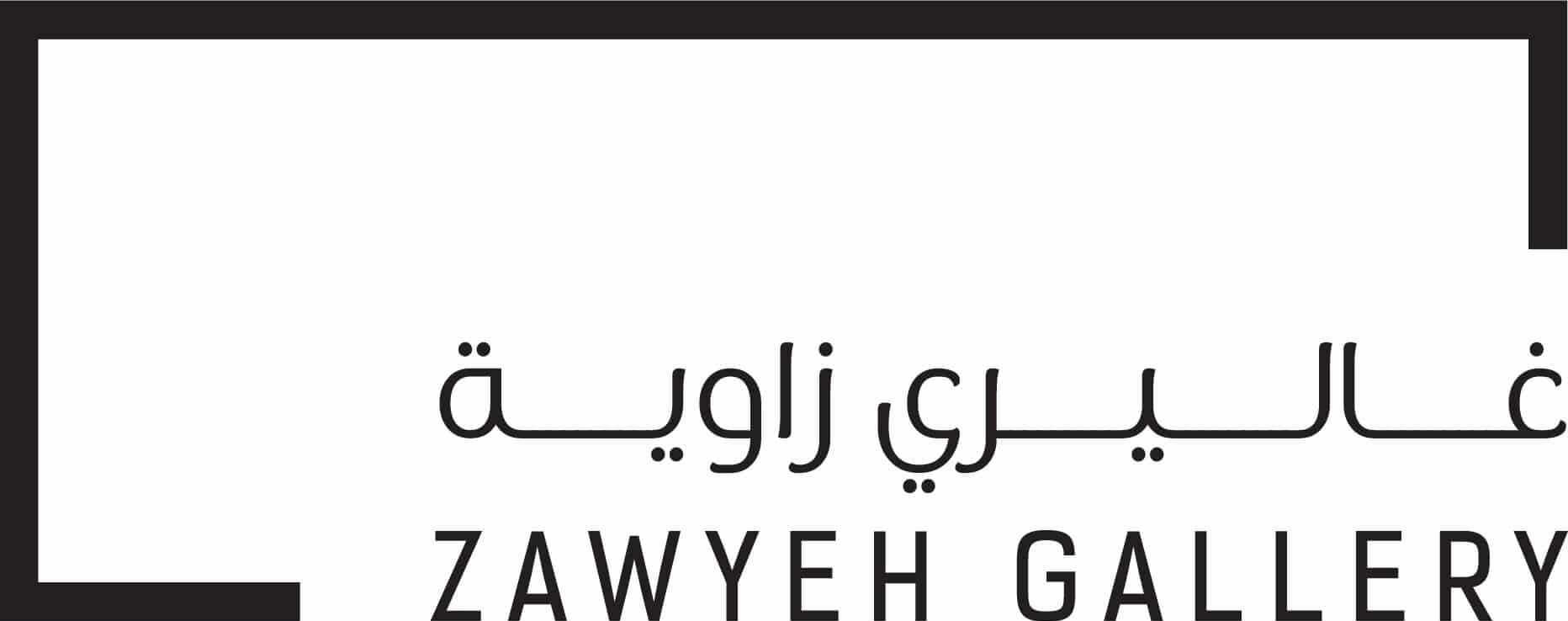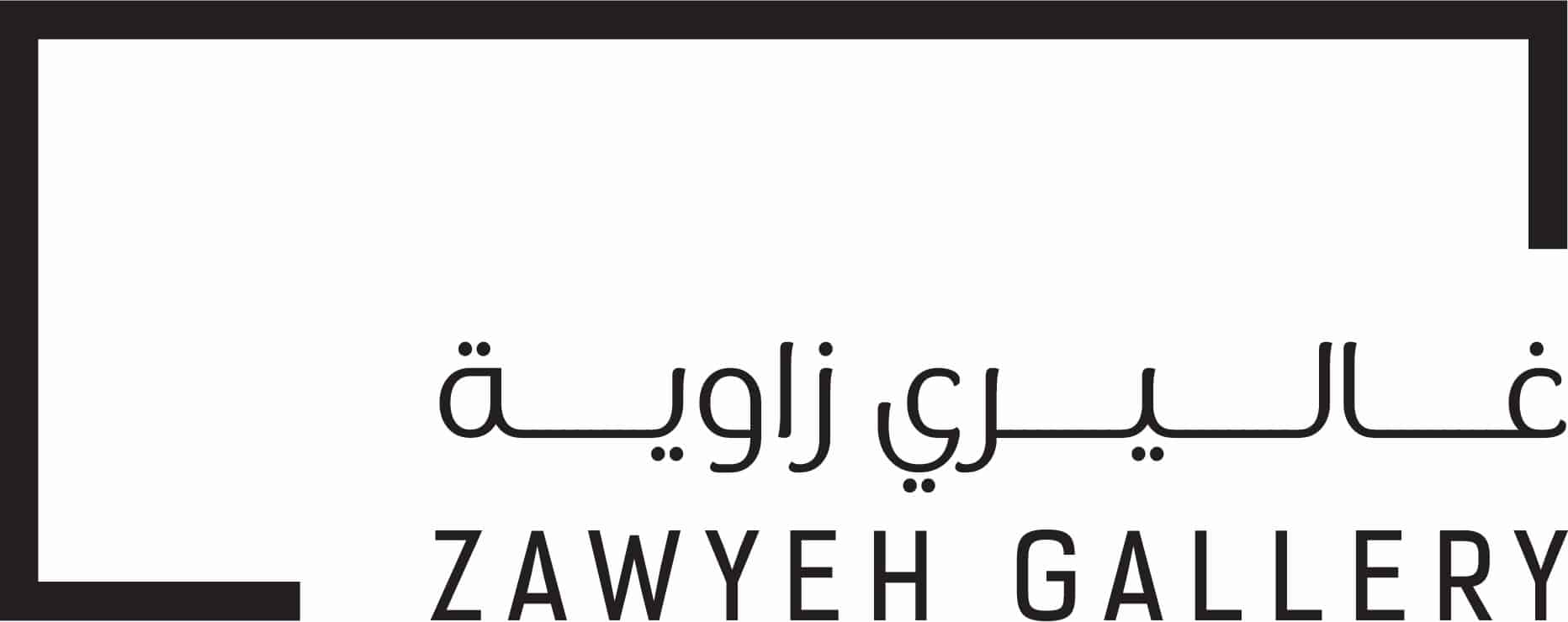30 July – 15 November, 2024
Control Anatomy
by Mahmoud Alhaj
Curated by Rana Anani
Location: Ramallah
In this exhibition, Mahmoud Alhaj examines the colonial violence and mechanisms of domination and control imposed on Palestinian geography over the years. Alhaj’s projects preceded the intensification of these oppressive tools, ultimately leading to the ongoing genocide and atrocities in the Gaza Strip over the past months. Alhaj views the technology of violence production as the culmination of an ongoing workshop organized by the colonizer behind the scenes to invent the most violent methods to subjugate Palestinians.
The exhibition features a collection of projects completed by Alhaj in recent years, including Violence 24/7, Fragile, and 402 of Gray. These works rely on images that aim “to keep pace with the crazy flow of violent events” around the artist. Alhaj selects “images that have lost their luster in the eyes of viewers and faded into the back doors of internet search engines,” and images that have had repercussions on himself and those around him. He reintroduces these images within a contemporary artistic narrative.
Alhaj layers photographs taken over the years and compares them to uncover changes over time, akin to an investigative detective on a highly meticulous mission. He gathers the traces left by colonial strategies, including the distortion of landscape and the delineation of control and domination. He finds evidence in various places such as the wall, sewage dumps, military barracks, watchtowers, streets, roundabouts, and borders…
In his project 402 of Gray, Alhaj dissects the apartheid wall, visually integrating and comparing it to the “gray” siege imposed on Gaza for many years. He says, “I didn’t realize what it meant to be surrounded by all this gray, that became the pigment of everything, the wall is gray, the siege is gray, the bombing is gray, the buildings are gray, the people are gray, politics and money are gray. Everything is gray..”
Alhaj completed his project Fragile inspired by the state of quarantine following the spread of COVID-19. He notes that while the world was forced into a state of quarantine, Gaza had endured many years of colonial quarantine, or what is commonly referred to as the “siege”, without anyone acting. Alhaj used empty medicine blister packs, which resembled tall buildings with small windows, to express the numbness the world feels towards Gaza and the urgent need for its mental and physical healing after losing touch with its humanity and conscience. At the same time, the isolation from the world in Gaza created a need for Palestinian people to escape reality and create alternative worlds by resorting to medication.
In Violence 24/7, Alhaj resorted to dismantling and reconstructing specific parts of the violence archive of the military governor, spanning from 1987 to 2023. He subjects these images and materials to an intense digital treatment process.
The strength of Alhaj’s projects lies in his foresight in studying violence technology, an issue of increasing importance in the Palestinian context as the genocide in Gaza intensifies using these technologies. Additionally, his work stands out due to his meticulous attention to detail and his ability to transcend the limitations of digital techniques, resisting their easy allure. Instead, he takes a more deliberate approach, manipulating digital technology to serve his vision and ideas.
Join our Newsletter
Sign up for our Newsletter and get all the latest news

